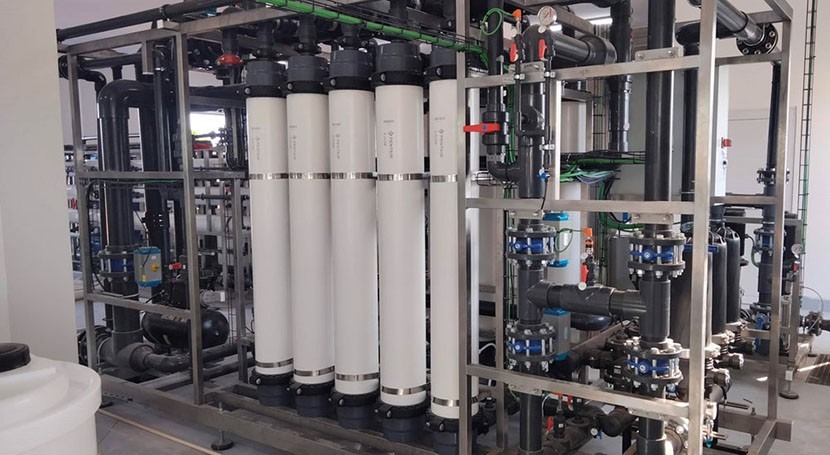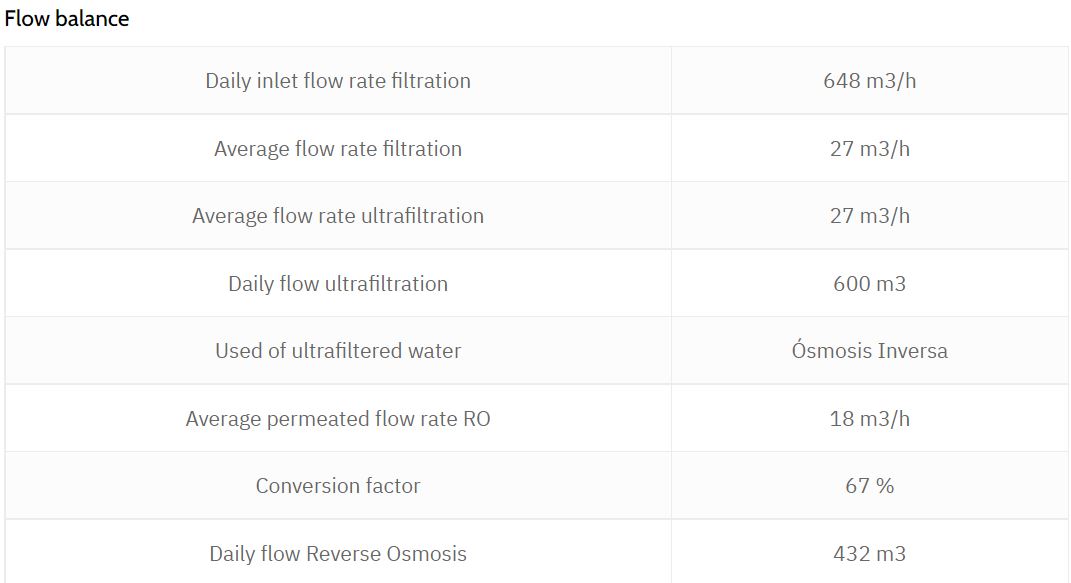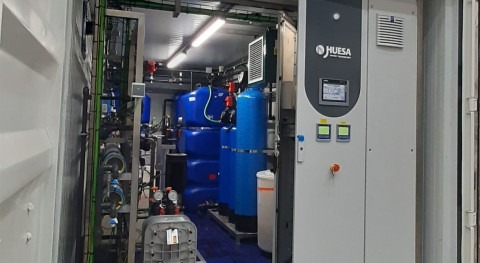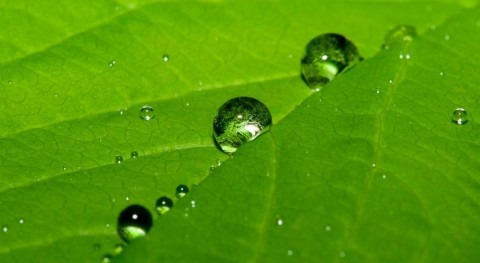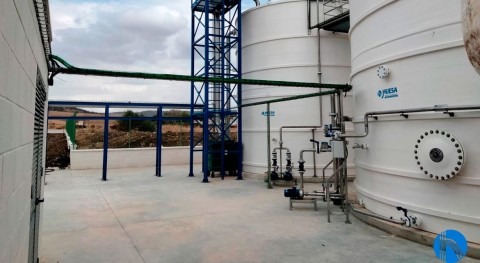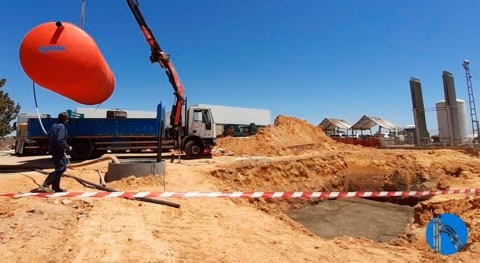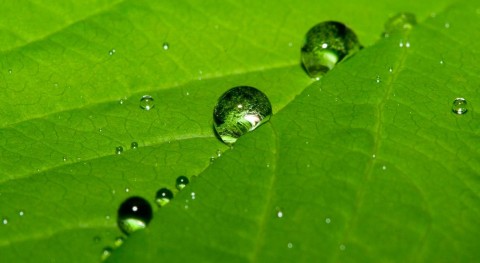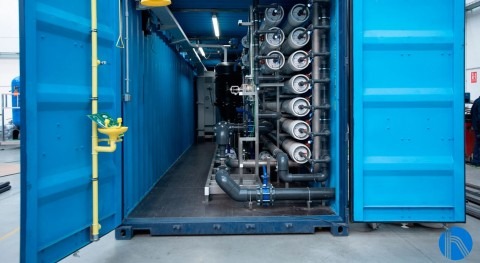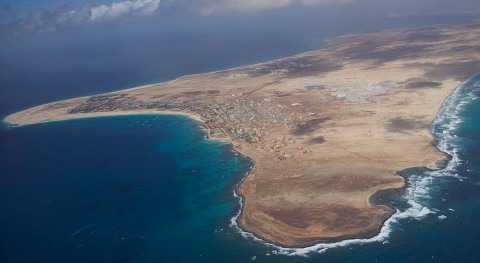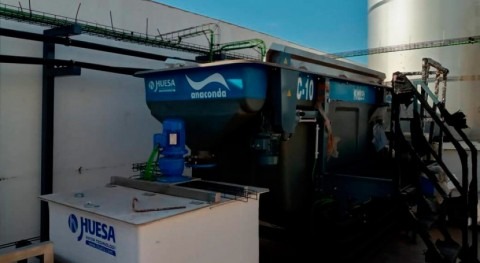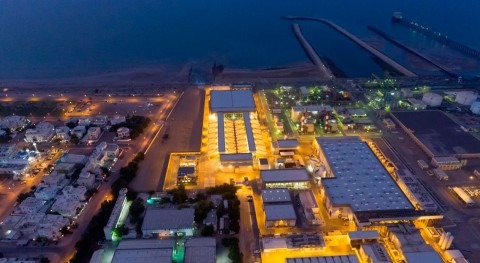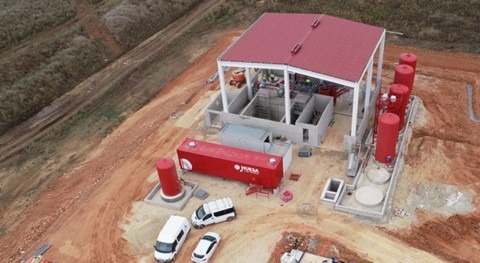J. Huesa successfully completes the commissioning of the extension of the tertiary treatment of the WWTP in the town of Santa Maria, on the island of La Sal (Cape Verde). This municipality has an increasing tourist activity and several industrial agriculture projects are being prepared in the Palha Verde area.
These developments imply a significant increase in the demand for high quality irrigation water. For this reason, the technical team of J. Huesa, following the request of the, App Ambiente SUA, the company operating the WWTP, opted for the design, manufacture, installation, and commissioning of a tertiary treatment system, using ultrafiltration, reverse osmosis, and ozone disinfection technologies
This plant will allow the supply of two types of reclaimed water to the Palha Verde area:
- Ultrafiltered water with bacteriological quality. Daily supply capacity: 250 m3.
- Ultrafiltered water with bacteriological quality. Daily supply capacity: 250 m3.
Data and water properties
The Santa María WWTP dates to 2010 and App Ambiente SUA, as the company holding the concession
for its operation, is responsible for carrying out all the necessary improvements to guarantee the water supply.
In view of the current situation and the forecast growth in tourist and agricultural activity in the area, it has become necessary to extend the current treatment to guarantee the water supply in the area.
To establish the concentrations of the pollutant loads in the design of the extension, the average values obtained in the analyses carried out during the operation of the plant have been considered:
The objective of the Water Regeneration Station is that the clarified water meets the following discharge parameters:
Adopted solution
Below are the main details of the water treatment system implemented, a tertiary treatment system,
using ultrafiltration, reverse osmosis, and ozone disinfection technologies.
Pretreatment
The water from the WWTP that is fed to the Water Regeneration Station first passes through a selfcleaning ring filtration system. This filtration system will remove any coarse particles and grit that the water may contain.
In this type of installation, the filtration is carried out in the rings, which act as a strainer that only allows water and suspended solids with a diameter smaller than the pore diameter of the ring, which has a light passage of 0.200 mm, to pass through.
The main advantages of this type of filtration, compared to other systems, are as follows:
- Large filtering surface;
- Minimal pressure drop; and
- High resistance to differential pressure effects.
In our case, the system implemented has a programmer that carries out automatic washing, thanks to a set of individual cleaning solenoid valves for each filtration hood, allowing each filter to be cleaned individually, without having to stop the production of the rest.
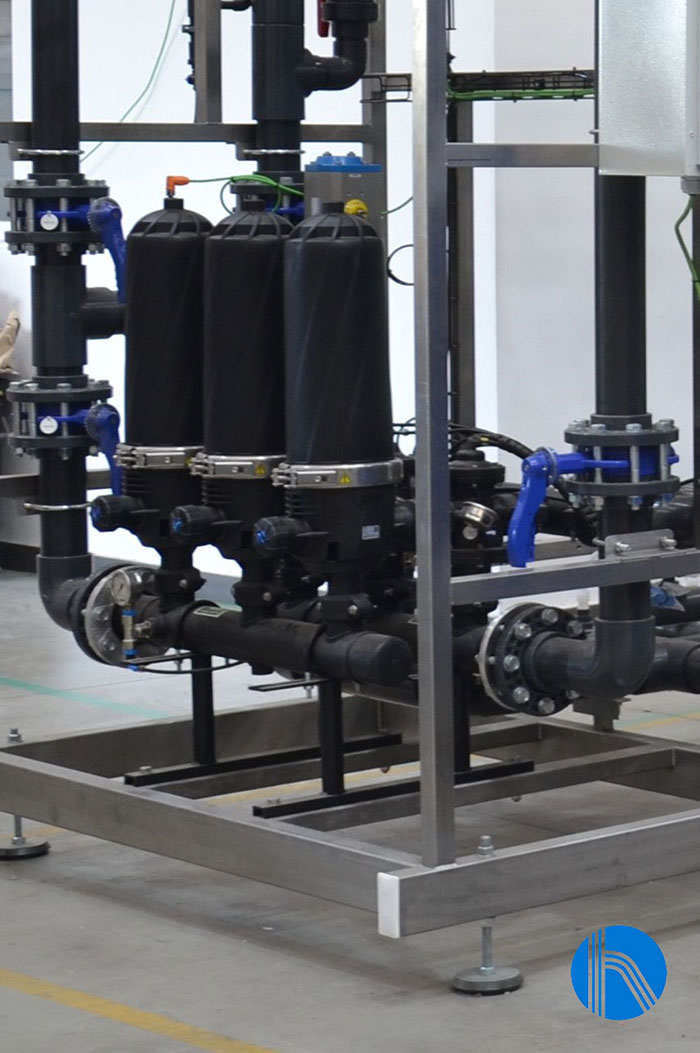
Detail filtration system
Ultrafiltration System
The water from filtration passes directly to ultrafiltration which, like the previous stage, is mounted on an AISI-304 stainless steel skid.
The implanted modules are 8.7″ in diameter, 1.5 meters (60″) long and contain 64 m2 of membrane surface and are equipped with an internal structure for an optimal hydraulic design of the module
interior.
Both the inside of the membrane and the outer casing of the modules are made of PVC, which ensures identical expansion and contraction because of seasonal temperature changes of the water to be treated. The membranes are encapsulated in a resin at both ends to provide an absolute barrier between the feed side and the filtration side of the module.
Ultrafiltration membranes composed of hydrophilic low fouling and low permanent fouling fibers have been chosen to ensure the removal of all particles larger than the pore diameter; this includes colloids, solids, bacteria and Cryptosporidium and Giardia Oocysts. This ensures a particle-free permeate of superior quality, either for direct use or as a feed to the next treatment stage.
The membrane fibers are designed to operate over a wide pH range and are very tolerant to oxidants, providing the opportunity to treat chlorinated feed water or clean the membranes with an oxidizing agent. They also demonstrate high temperature resistance and excellent mechanical strength.
The system uses two main pumps. The feed pump provides water to the membranes and the backwash pump is used for hydraulic clean (backwash) and chemical cleanings (CEB’s) of the membrane modules. The UF permeate (product) is used in both backwash operations. The plant is equipped with one or more metering pumps for the injection of cleaning agents into the backwash water flow during a CEB. Ultrafiltratrion performance can be improved by using an Air Flush during hydraulic cleaning.
.jpg)
Detail of ultrafiltration pumping system
At pre-set intervals, a pre-set filtration time (typically 20-60 minutes) or a pre-set filtration volume, filtration is stopped, and hydraulic cleaning is initiated. The backwash water (optionally air is also used) separates the layer of solids that has formed on the membrane surface. The simultaneous direct discharge has the main function of transporting the waste out of the UF unit.
A chemical cleaning (CEB) may comprise one or two consecutive cleaning cycles. Each cleaning cycle uses its own chemicals.
Reverse Osmosis
As a pre-treatment prior to reverse osmosis, the ultrafiltered water is first treated with a chemical product to remove residual chlorine and maintain a reducing value of the water to protect the membranes and ensure their durability, as well as to produce a bacteriostatic effect. Next, an antiscaling is dosed to prevent dissolved salts from encrusting the membranes and thus preventing flow losses.
The water is then passed to the reverse osmosis module, where it is first filtered through a 5-micron pore size cartridge.
Due to the characteristics of the semi-permeable membranes, the reverse osmosis system provides a bacteriological barrier in the water produced, which eliminates bacteriological problems in the installation. The sanitization of the membranes is contemplated in the design of the equipment and is a routine operation that can be repeated over time.
To guarantee the operating pressure necessary for the reverse osmosis system to function, a highpressure vertical pump made of 316 stainless steel is used. This is the only mechanical element in permanent movement that determines the maintenance and cost per cubic metre of water treated as a function of the electrical energy consumed.
The installation is equipped with spiral wound membranes, made of polyamide, and specially designed
for brackish water up to 8000 ppm and with the characteristic of working at low pressure. These membranes have a high chemical resistance, as they can work in a pH range of 2 to 13, which makes them very easy to wash and recover, as they can accept a wide variety of washing chemicals. The membranes will be installed in pressure housings made of coiled GRP.
The equipment has an automatic membrane flushing system with adjustable interval and purge times. It has sampling valves in the feed and permeate. The equipment is equipped with the necessary valves to carry out disinfection and cleaning of membranes “in situ”.
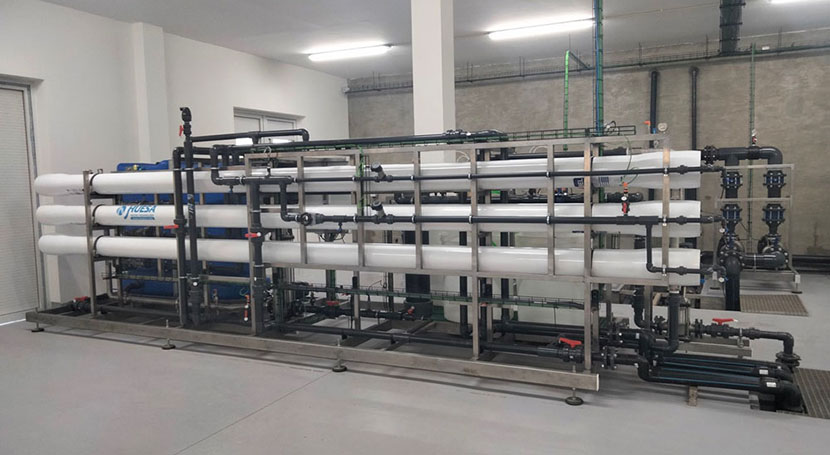
Skid Reverse Osmosis Detail
Ozone generation system
Ozone is one of the fastest and most effective disinfectants known; after performing its function it is converted back to oxygen, so it does not accumulate or leave residues.
To obtain this substance, ozone generators are used, which are devices capable of producing ozone artificially; since ozone dissociates easily into oxygen, it must be produced in the place where it is used.
In our case it is used as a disinfectant to ensure that pathogenic organisms are destroyed thanks to its oxidizing action; the higher the microbiological load, the higher the concentration of ozone in the system must be.
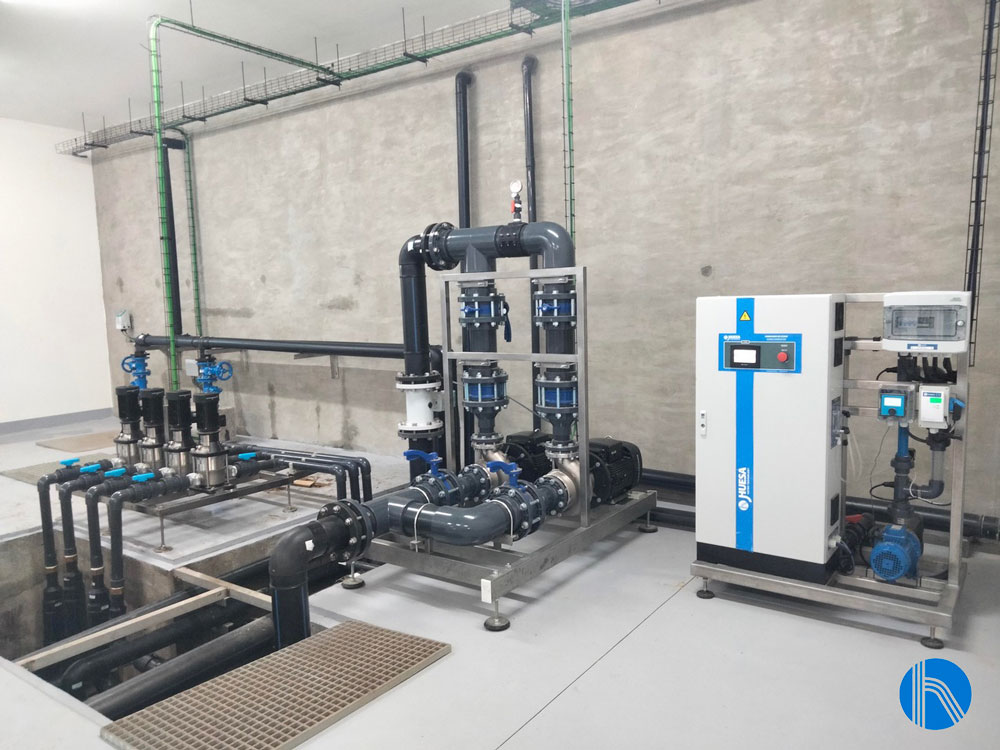
Detail of ozone Generation room
Instrumentation and control
The Water Regeneration Station is equipped with instrumentation and control elements (automatic valves, pressure switches, pressure transmitters, flow meters, and conductivity meters, among others), which communicate with the programmable logic controller, included in the control and command panel.
The control panel also includes a touch screen for the operation and configuration of the plant. The J. Huesa Instrumentation and Control team has designed the control panel so that it can be integrated into the customer’s SCADA system. It also includes a remote control system.
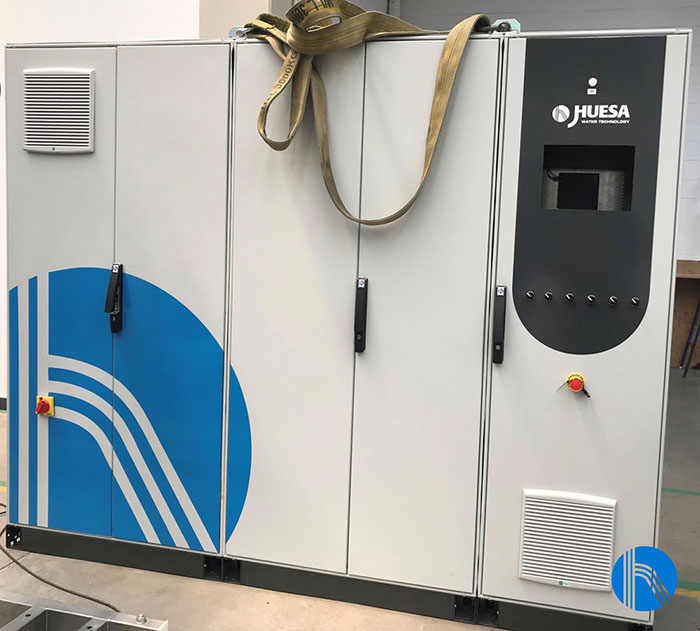
Detail of panel control


